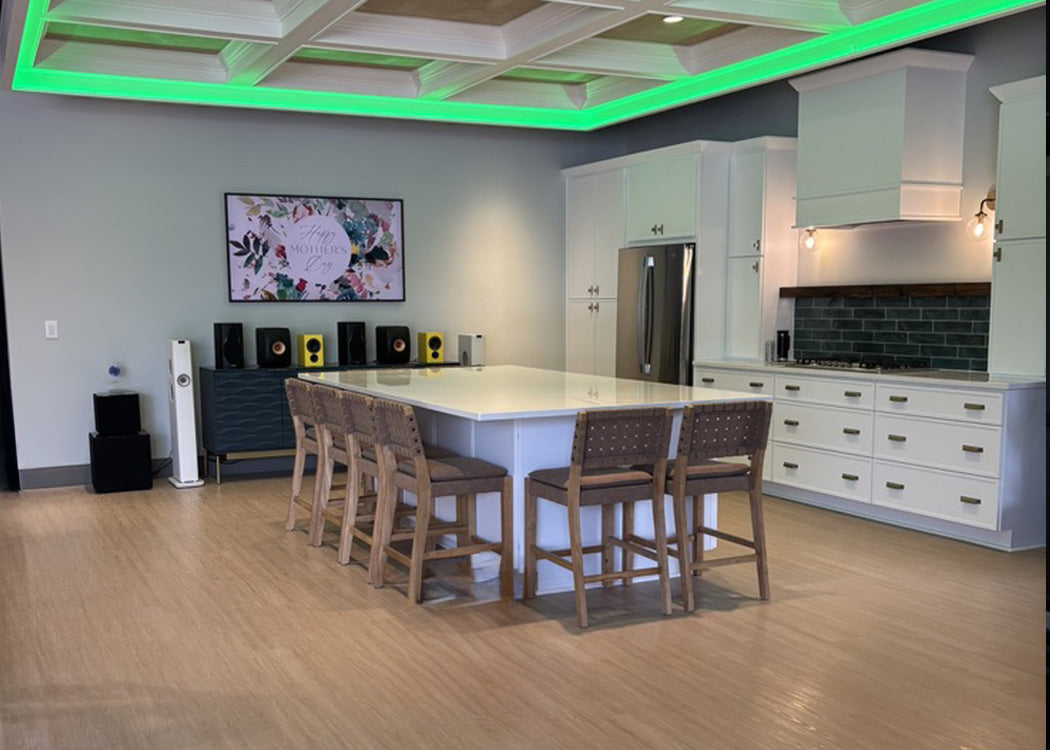Bowers & Wilkins 800 D4 Diamond Series Speaker Review
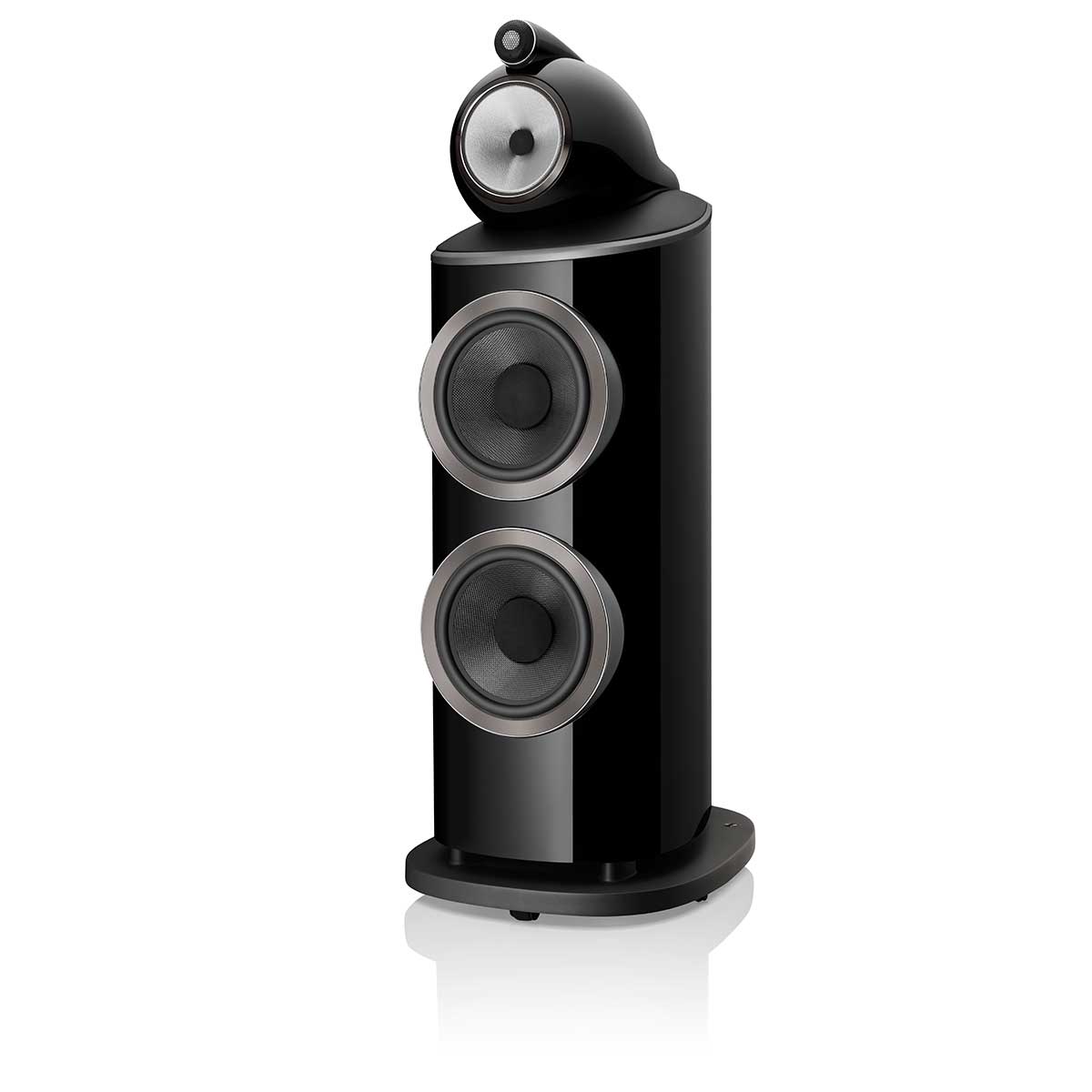
Bowers & Wilkins 801 D4 Floorstanding Speaker - Each
$23,000.00
Learn More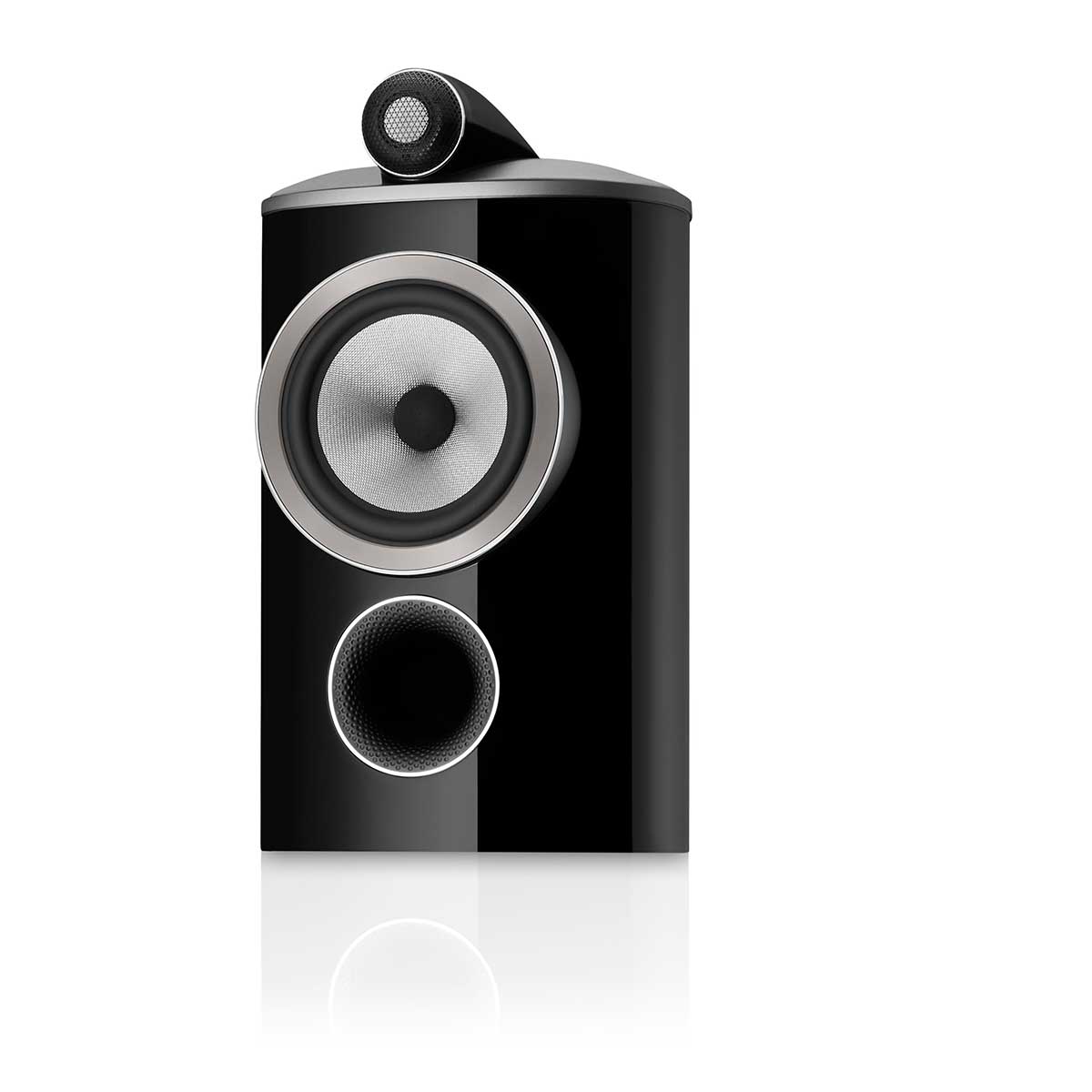
Bowers & Wilkins 805 D4 Standmount Speaker - Each
$5,000.00
Learn More
Bowers & Wilkins HTM81 D4 Center Channel Speaker
$10,500.00
Learn More




Bowers & Wilkins 801 D4 Floorstanding Speaker - Each
$23,000.00
Learn More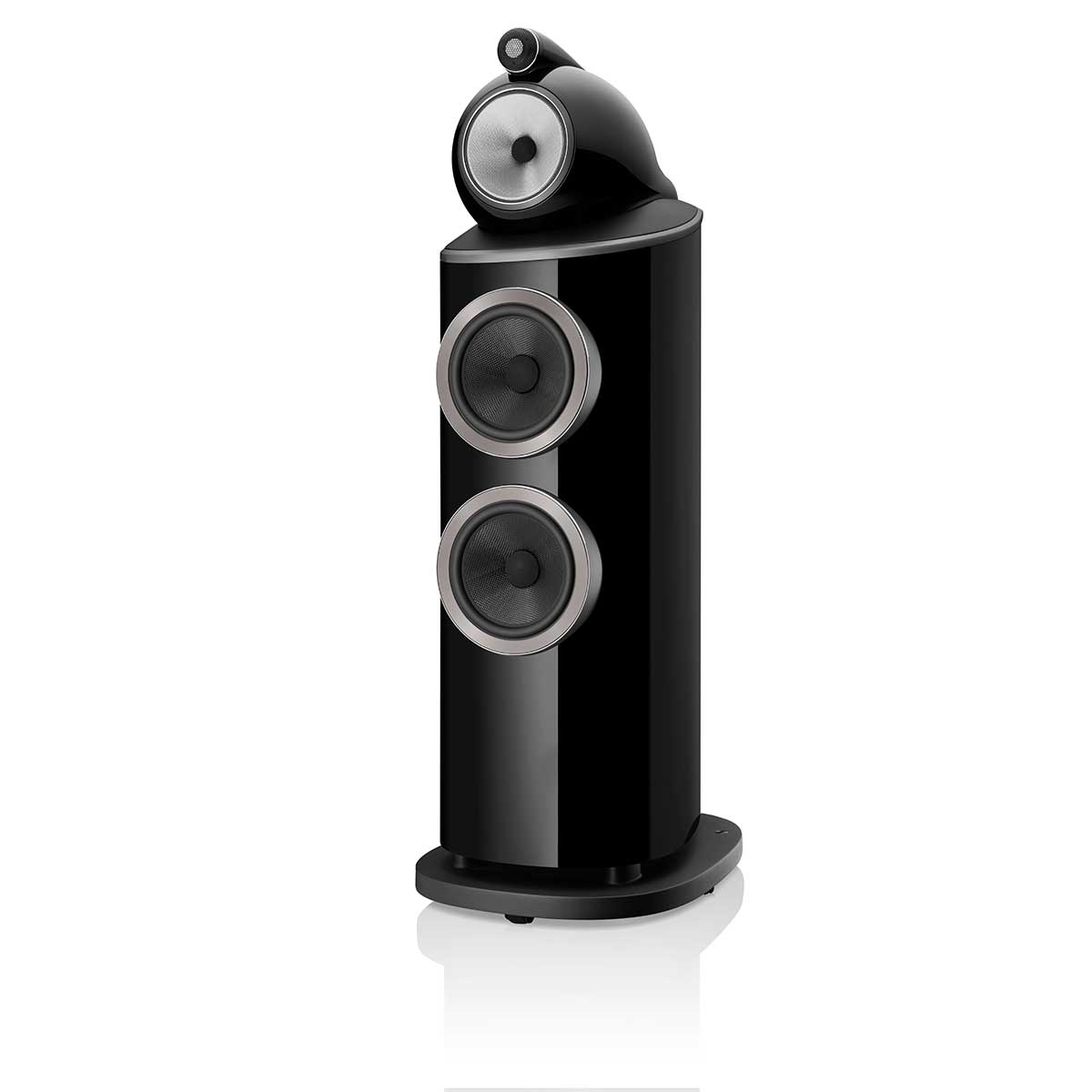
Bowers & Wilkins 802 D4 Floorstanding Speaker - Each
$17,000.00
Learn More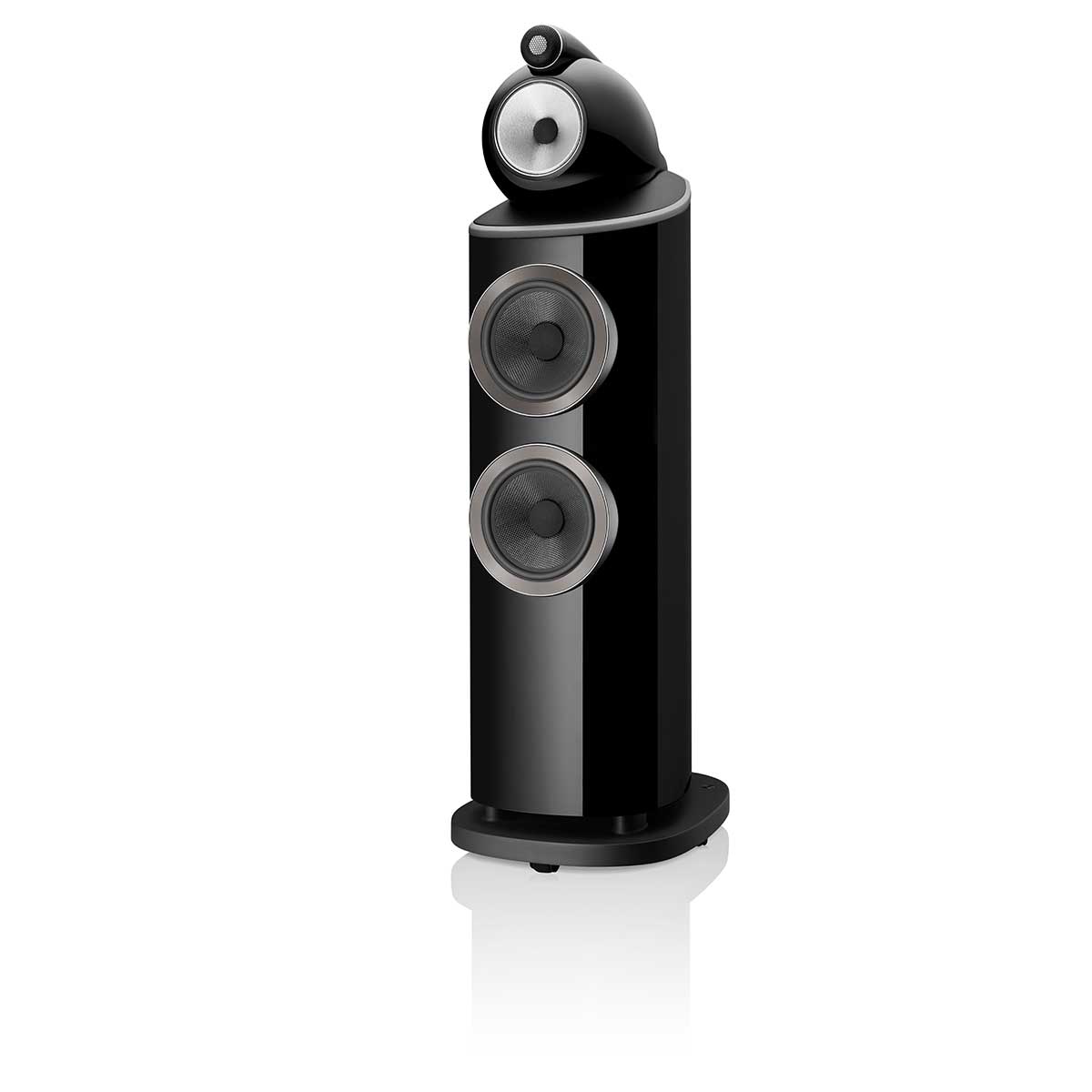
Bowers & Wilkins 803 D4 Floorstanding Speaker - Each
$13,500.00
Learn More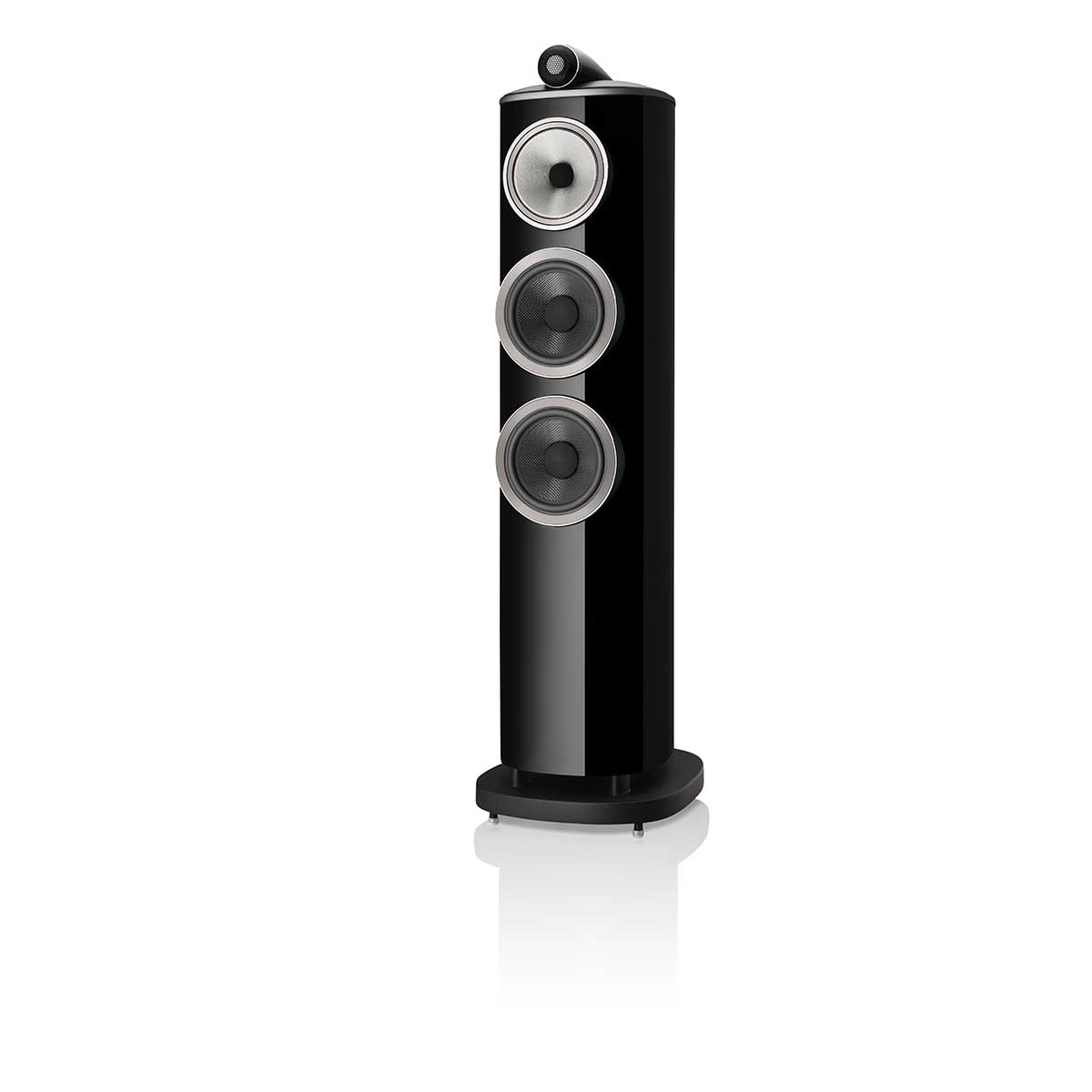
Bowers & Wilkins 804 D4 Floorstanding Speaker - Each
$8,000.00
Learn More
Bowers & Wilkins HTM81 D4 Center Channel Speaker
$10,500.00
Learn More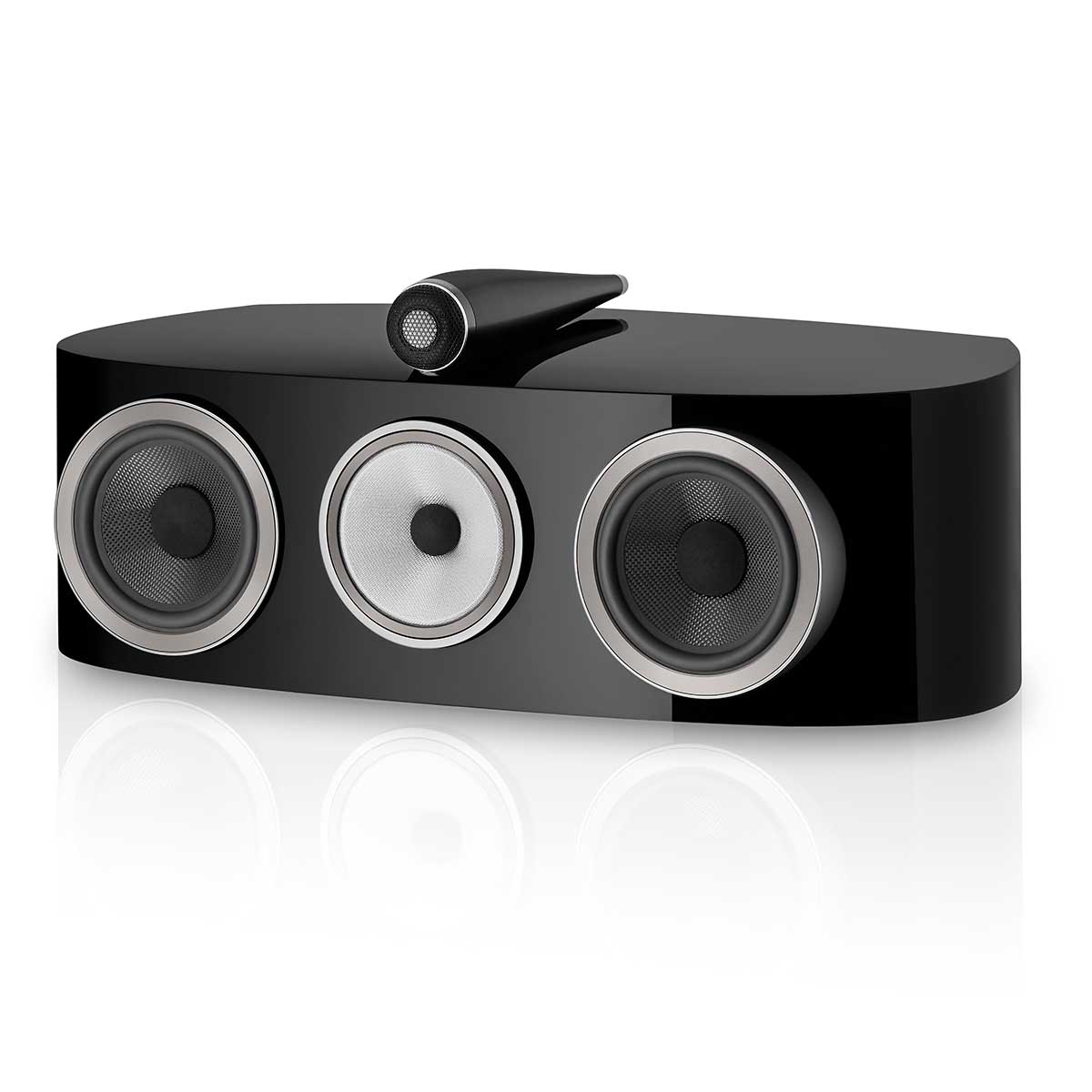
Bowers & Wilkins HTM82 D4 Center Channel Speaker
$8,250.00
Learn More































